Report this entry
More from the same community-collection
Battle Of The Champions Video - 2015
Battle Of The Champions - 2015 - identity of the performer is ...
Nikki St. John and Chris Lewels, 2014
Chris Lewels, owner of Hope and Anchor Patio Bar and Sabertooth ...
Han Family - 2012 - El Paso, Texas
Han Family - left to right - Izzy, Stephanie, Jenny, Heather, ...
Master Bae H. Han - 1982 - El Paso, Texas
Master Han - 1982 - Master Han flying high side kick to Ricky ...
Jennifer Han Wins IBF World Featherweight Championship - 2015
After the fight - Jennifer Han meets with family members. Left ...
Jennifer Han and Han Family - 2003
Han Kids - Amateur Titles - left to right: Abie Han, Stephanie ...
Jennifer Han and Han Family - 2004
Kneeling down - from left to right: Abie Han, Izzy Han, Jenny ...
Jennifer Han With Her Sisters - 2005
Jennifer Han With Her Sisters - 2005 Left to Right: Heather ...
Golden Gloves --Jennifer Han - 2002
Winner of the Golden Gloves in 2002. Jennifer Han would go on to ...
Jennifer Han and Izzy Han - 2005
Brother and sister taking a photograph at Dojang. Dojang is a ...
Best friends at Lee Elementary
Best friends at Lee Elementary and looking forward to being best ...



















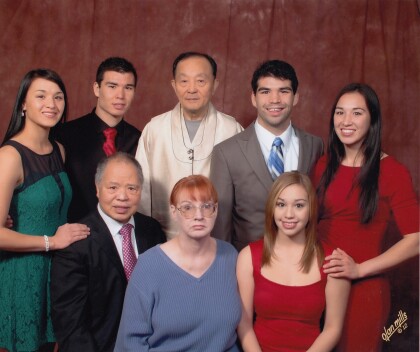
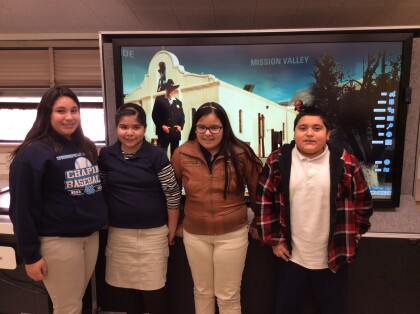




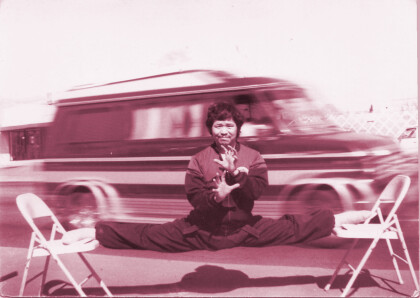
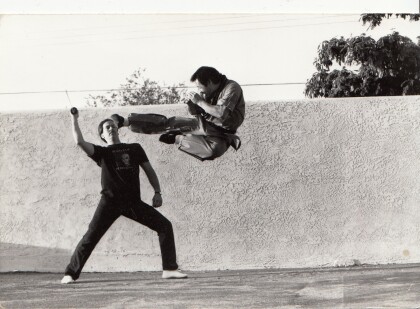



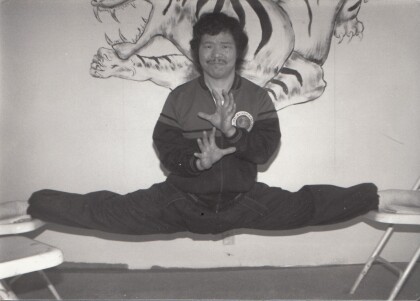


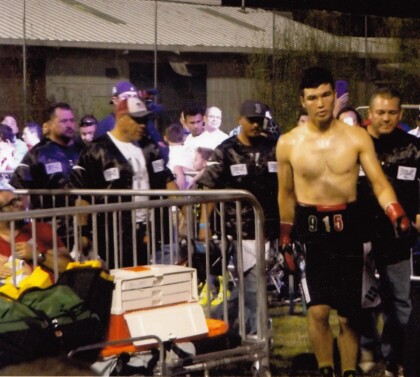
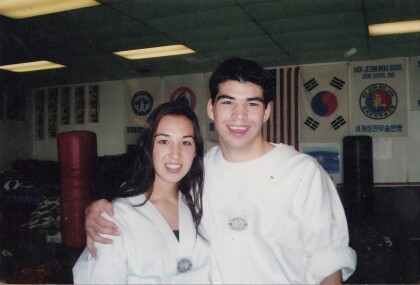





Comments
Add a comment